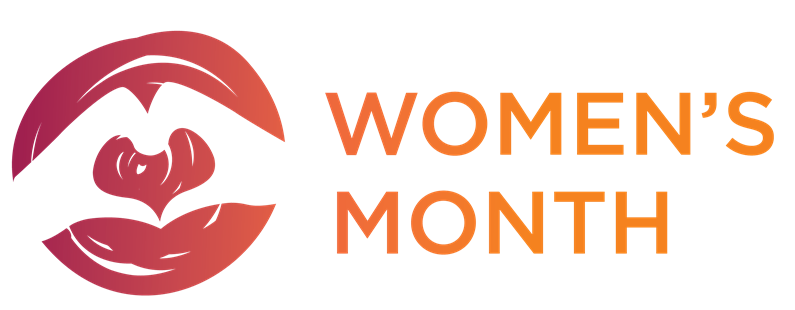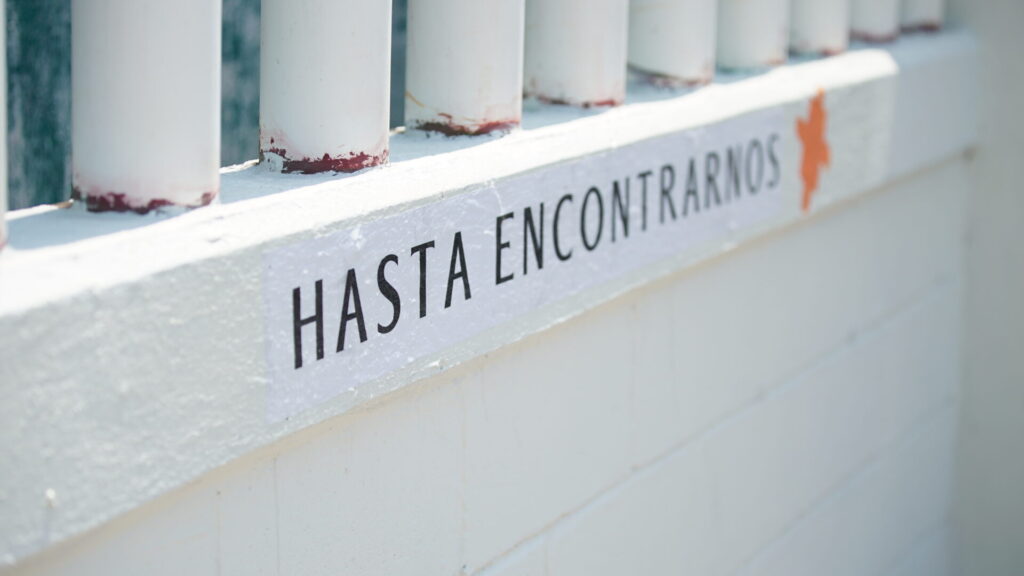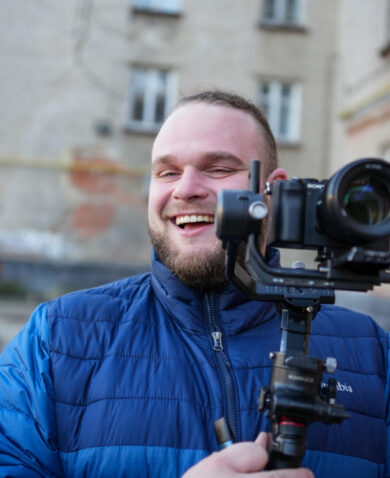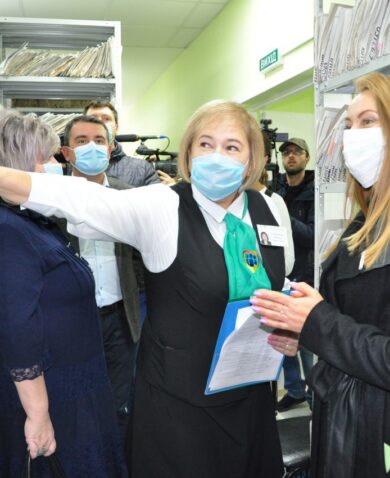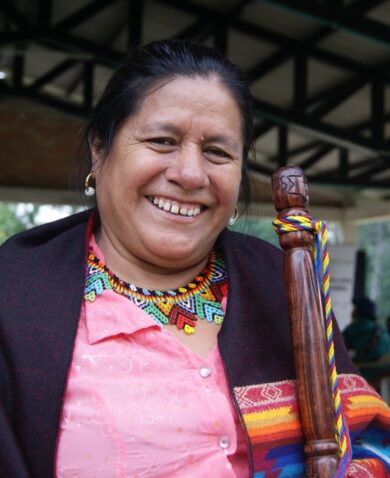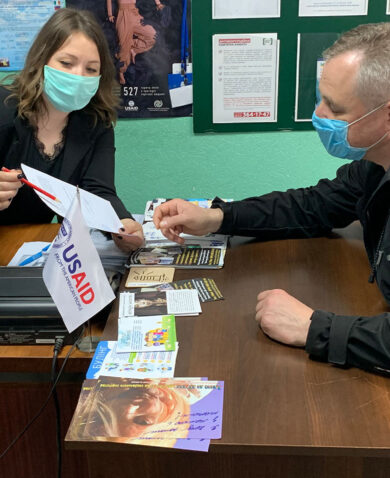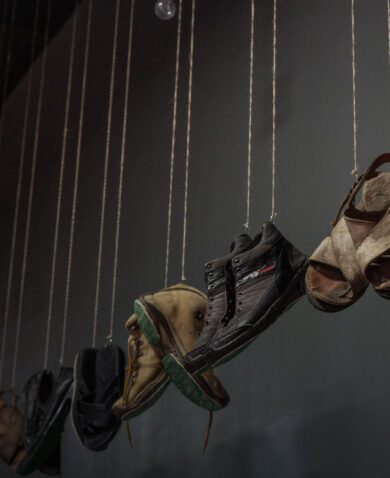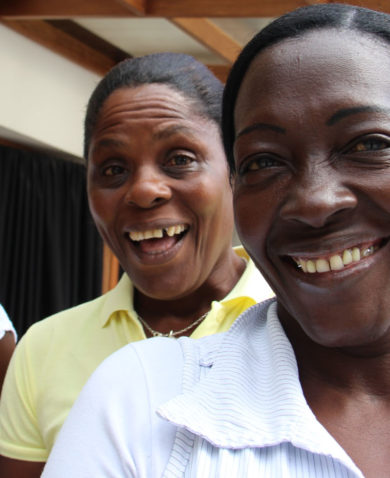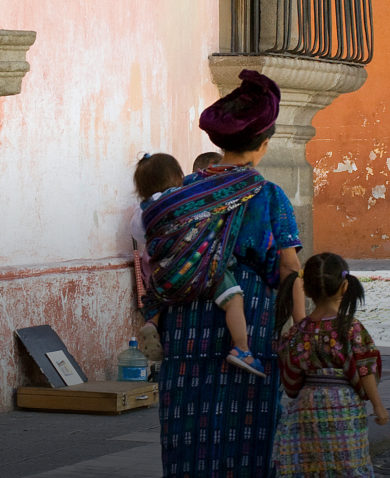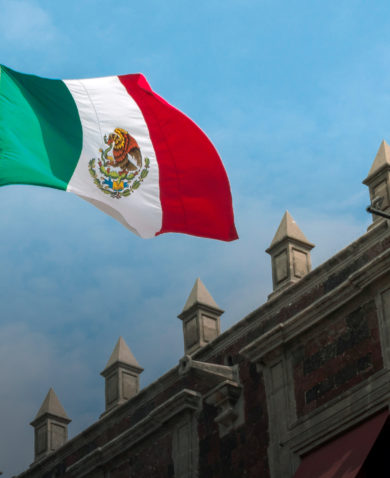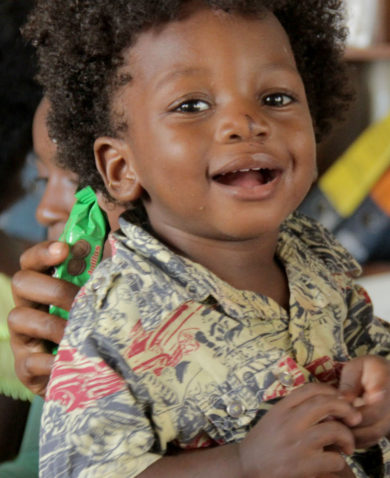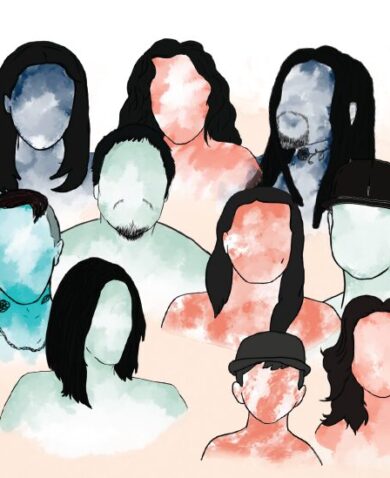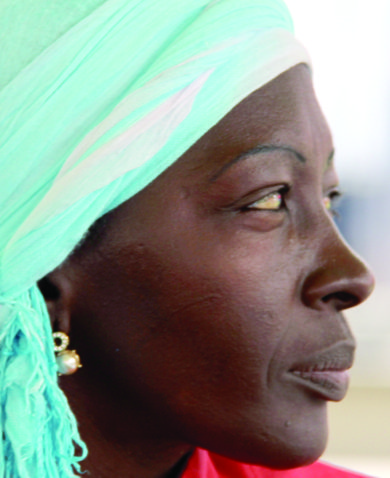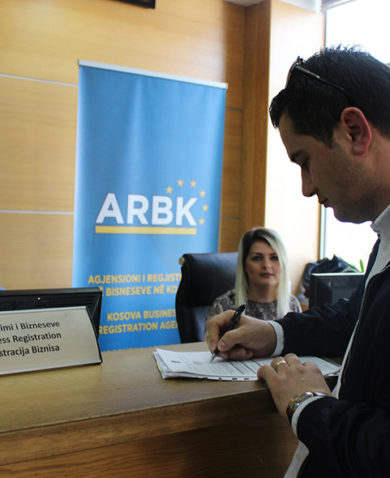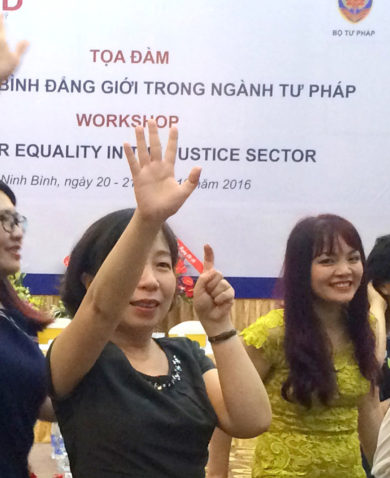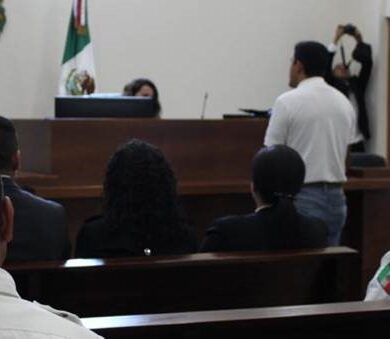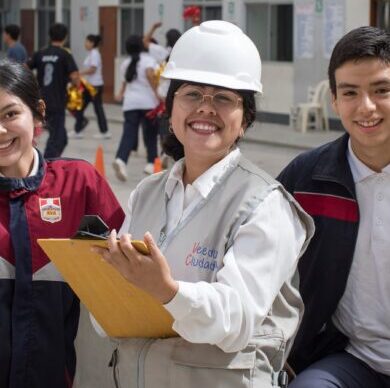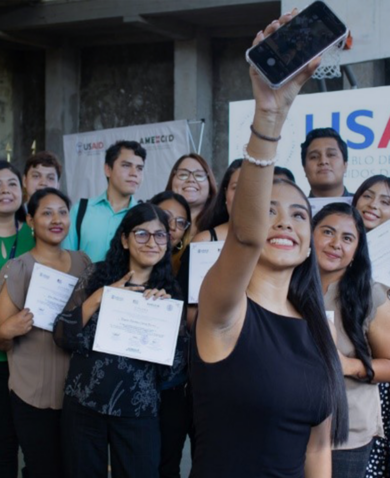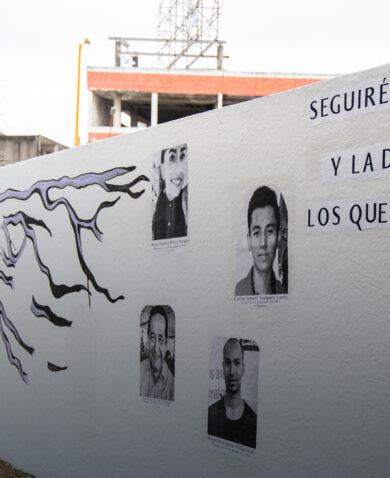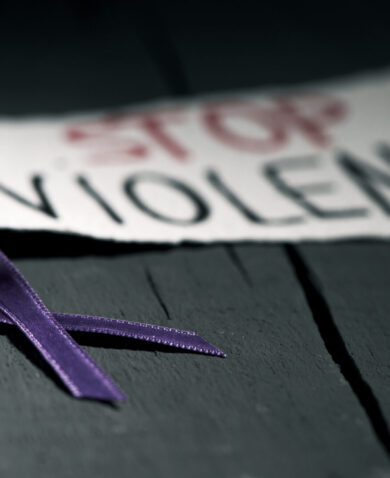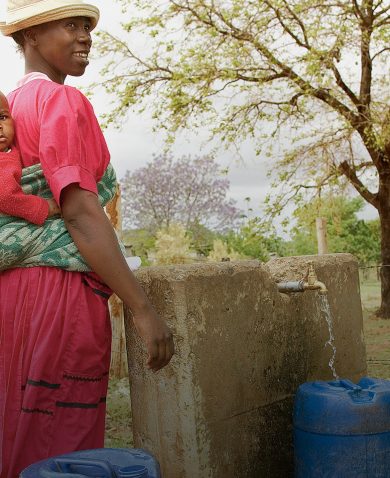In this context, USAID initiated the five-year Promoviendo la Rendicion de Cuentas por los Derechos Humanos (RED-DH) Activity in August 2020. This program aims to improve the Mexican Government’s capacity and commitment to address serious human rights violations, including forced disappearances and torture. In addition, it provides forensic assistance to manage the backlog of unidentified remains and supports victims’ families. USAID, through RED-DH, recognizes the critical role these women and their collectives play, making them central to the Activity’s strategy. This includes the joint development of a comprehensive approach forging partnerships with local human rights organizations, academia, and governments to effectively address the pressing human rights and gender equality challenges faced by these women.
Fostering Women’s Technical Capacities
A key strategy advanced by RED-DH involves providing the buscadoras with practical and theoretical knowledge to demand effective searches and investigations of crimes within the Mexican justice system. To this end, RED-DH collaborates with victims’ collectives, civil society organizations, and academic institutions to design capacity-building workshops. These workshops focus on creating practical tools, guides, and a website for accessing learning materials. Moreover, RED-DH has developed workshops to impart specialized forensic knowledge, using new technologies for the investigation, search, and identification of remains, in collaboration with USAID’s grantee Equipo Argentino de Antropología Forense (EAAF), who uses forensic anthropology techniques to help locate disappeared persons.
RED-DH has also partnered with grantee Centro de Colaboración Cívica (CCC) to execute capacity-building workshops for groups of women and relatives of disappeared persons in Sonora. Through these, fifteen victims’ collectives were able to deepen their knowledge on the laws and regulatory frameworks regarding forced disappearances. As a result, women and their families are empowered to become more effective advocates for their cause, collaborating with other stakeholders to ensure that authorities uphold their obligations to the highest standards.
In this way, RED-DH builds communication channels between families and decision-makers to improve attention to victims, as explained by Cecilia Delgado, member of the Buscadoras por la Paz Collective in Sonora: “the accompaniment of [USAID’s] RED-DH during these three years has meant a lot to us, since they have supported us and helped us to confront the disappearance by providing us with legal tools to defend and demand our rights as victims. They have shown us that there are organizations with empathetic people who listen to us, support us and guide us in meetings or worktables with authorities. Today we no longer feel alone and there is nothing but infinite gratitude for what they have done from their hearts for this collective.”
Over the past three years, RED-DH has trained 267 relatives of disappeared persons (223 women and 44 men) from 95 victims’ collectives across six Mexican states (Coahuila, Jalisco, Estado de México, Nuevo León, Sonora and Veracruz).
Providing Psychosocial Support to Help Women Face the Complexities of their Roles as Advocators and Caretakers
USAID, along with its allies, provides psychosocial support to help women manage the effects of their advocacy work. Notable collaborations include those in Veracruz with Centro de Derechos Humanos Toaltepeyolo A.C., Ibero Puebla in Puebla, and CCC in Sonora. These programs aim to improve communication and emotional expression skills, supporting women as they navigate their grief and the complexities of their roles as caretakers within their families. This support is of particular relevance given that, while undertaking search activities, women continue to be caretakers of other their children (or to the children of the missing member), their partners, and the elders, and take on a disproportionate share of domestic tasks. This context easily results in the deepening of inequalities between men and women, and a cause for serious effects on their physical and emotional health and wellbeing.
Beyond identifying psychosocial impacts, RED-DH has also offered practical and targeted recommendations for search and victims’ attention commissions. Examples of the work can be found for the states of Veracruz (in collaboration with Toaltepeyolo) and Sonora (in collaboration with the CCC).
Advancing Justice and Memory
Upon request from the victims’ collectives, civil society organizations supported by USAID’s RED-DH have been working on memorials and gathering testimonies to advance initiatives deemed important by the women. Documenting these testimonies highlights the tragedy of enforced disappearances and contributes to efforts for justice and remembrance.
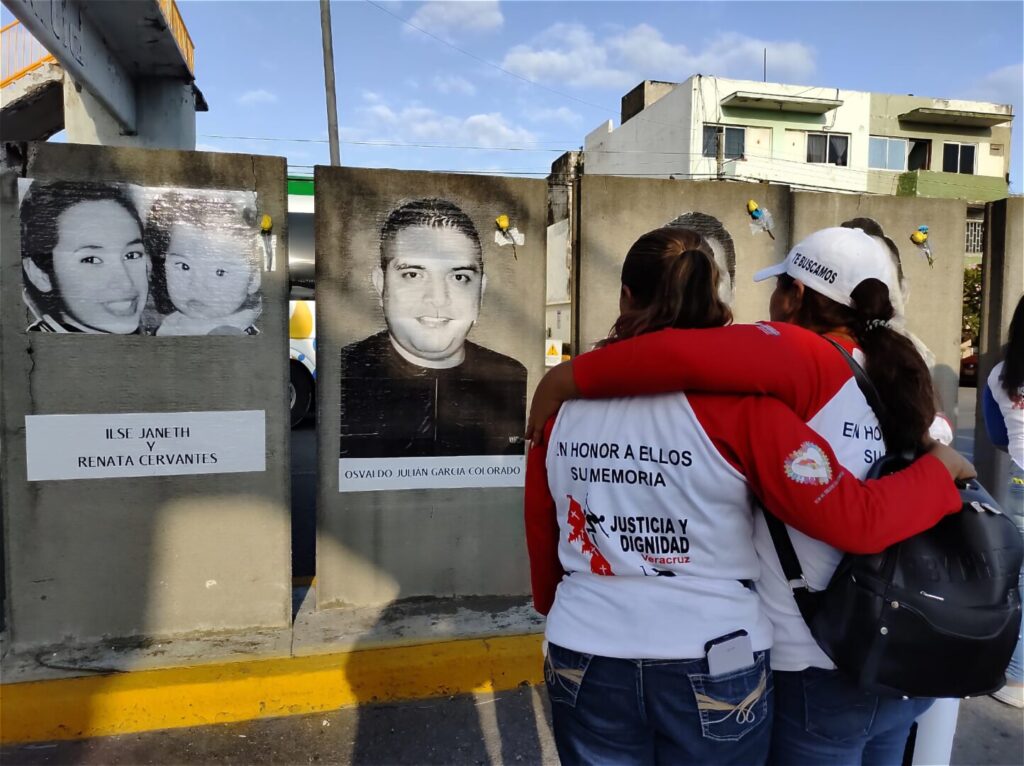
For example, Toaltepeyolo has produced 29 documentaries telling life stories narrated by those closest to the victims and produced 286 photographs and photo-illustrations in four public spaces Veracruz, Poza Rica, Coatzacoalcos, and Xalapa, shedding light on a personal aspect to foster empathy and recognition for the missing. These stories include a video from the Colectivo Familiares en Búsqueda María Herrera Poza Rica discussing their recovery of over 40,000 bone fragments from an abandoned ranch known as La Gallera. The documentary detailing this case was an official selection at the International Short Film Festival in Mexico.
Tools to Support the Search for Justice
Providing legal support, conducting contextual analyses, and strengthening institutions are crucial for advancing enforced disappearance cases. These measures are vital for justice and closure for families, meeting victims’ needs, and enhancing the government’s work.
“The progress we have achieved is evident: we have been able to digitize files; we have been able to get lawyers to review cases that require a more exhaustive review; we have been able to get support in order to better balance the agenda we carry. It has been a formidable job for us, it is a real blessing.” – Lucy Diaz, Colectivo Solecito
A crucial tool for families to hold authorities accountable is the case file, which should ensure their involvement in the investigation. Yet, access to these files is often denied, with authorities citing confidentiality. This leaves families uninformed about the search and unable to contribute to the investigation. To overcome this practice, USAID’s RED-DH Activity partnered with grantee I(dh)eas, a non-governmental human rights organization, to develop strategic legal materials that allow families to request copies of their case files. Among the materials is a legal mechanism known as the “Amparo” that families can present before a judge to order prosecutors to provide a free copy of their file and any evidence.


